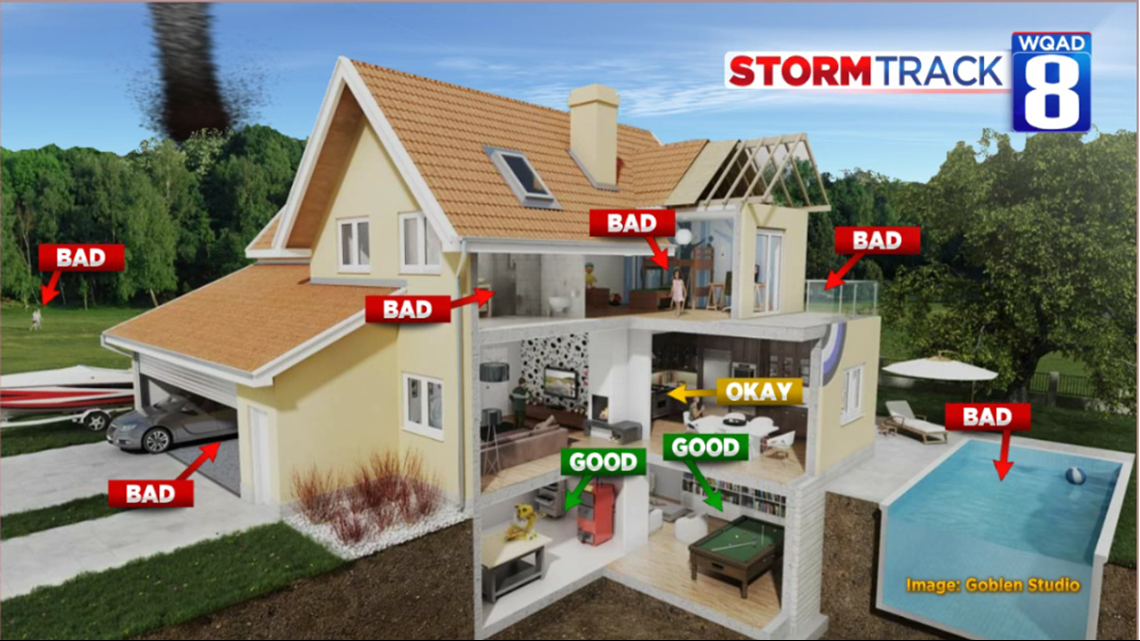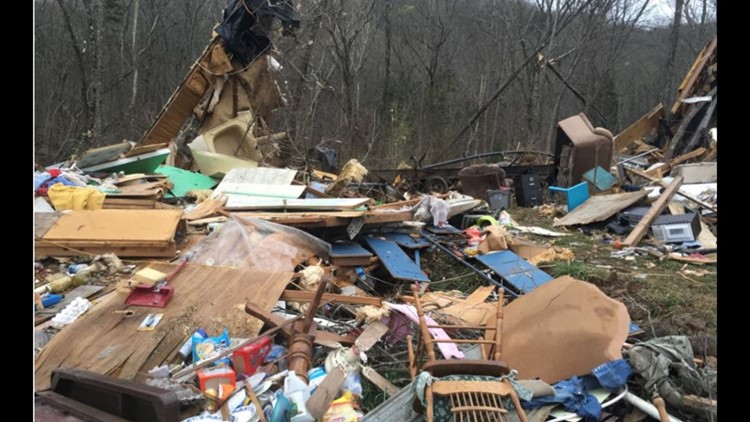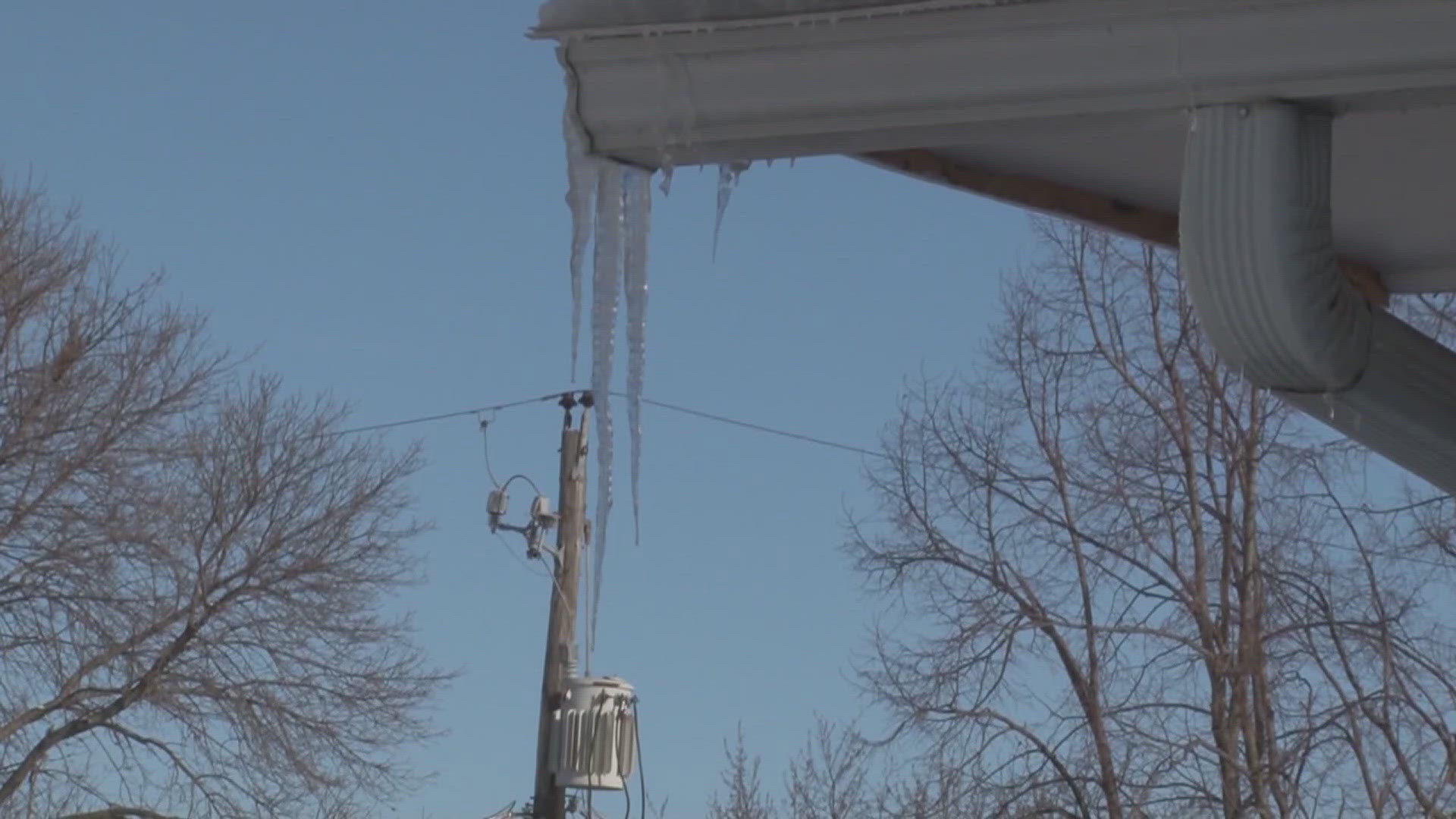With a significant risk for severe storms in place across the entire Quad Cities region, including the possibility of a few strong tornadoes, now is a good time to make sure you are prepared to seek appropriate shelter when your area is warned.
Living in the Midwest most of us know that the safest place you can be during a tornado is in the basement or storm cellar. Unfortunately, not everyone lives and works in a building that offers this type of shelter.
According to the National Weather Service, nearly 40 percent of all tornado deaths have historically occurred in mobile homes. This makes these types of structures the most dangerous places to be when it comes to taking shelter from a tornado.


A typical well-constructed home offers several locations where appropriate shelter can be found, especially a basement or interior room. Mobile homes, unfortunately, do not offer this same type of protection.
What makes mobile homes so dangerous? This type of structure is not designed to withstand the destructive straight-line winds of severe thunderstorms, let alone tornadoes. Most manufactured homes, especially older ones, are built to withstand winds of up to 70 mph. While mobile homes can be anchored to the ground, the anchoring standards vary by state and not all anchoring can withstand winds that can reach speeds in excess of 100 miles per hour.
RELATED: Strong storms for Saturday
What you should do if you live in a mobile home: Be ready to take action much sooner compared to people who live in a traditional well-constructed home. This means you should be taking action no later than one hour prior to the threat of severe weather reaching your home, even if you are not placed under a watch or warning.
Pick your safe place: In this era of social distancing, it may not be easy to find an open community space to seek shelter. Plan ahead and find a friend or family member who will welcome you in if need be. Seek out sturdy spaces nearby that can offer safe shelter if storms are heading your way. Reach out ahead of time to ensure the space will be open and available.
What to do if you're caught outside: If you're caught outside and can't get into a safe building, here are "last resort" tips from the National Weather Service:
- Immediately get into a vehicle, buckle your seat belt and try to drive to the closest sturdy shelter.
- If your vehicle is hit by flying debris while you are driving, pull over and park.
- Stay in the car with the seat belt on. Put your head down below the windows; cover your head with your hands and a blanket, coat or other cushion if possible.
- If you can safely get noticeably lower than the level of the roadway, leave your car and lie in that area, covering your head with your hands. Your choice of whether to stay in your car should be driven by your specific circumstances. Your best choice remains getting to a secure building with a basement or saferoom.
- If you find yourself outside or in a car with a tornado approaching and you are unable to get to a safe shelter, you remain at risk whether you stay in your car or seek shelter in a depression or ditch, both of which are last resort options that provide little protection. The safest place to be is in an underground shelter, basement or safe room.



